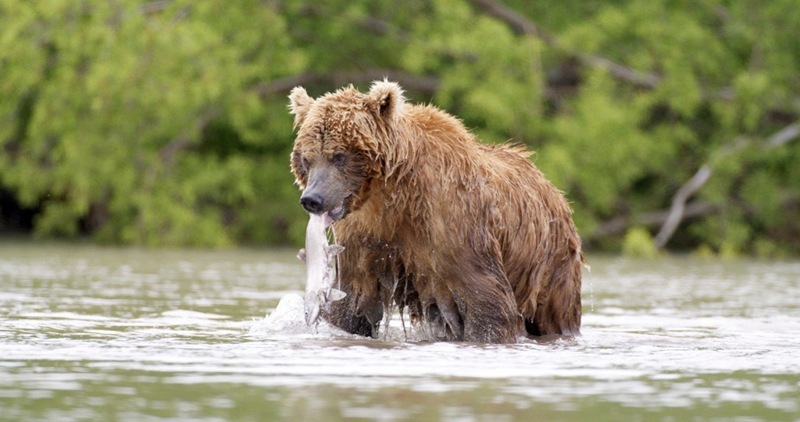Kamchatka is home to one of the most impressive natural phenomena on the planet. Thousands of tourists gather in the South Kamchatka Wildlife Sanctuary to witness the massive salmon run and unique bear fishing. This annual spectacle, which reaches its peak from July to September, is possible only thanks to the strict conservation regime of the protected lands, which allows animals to behave naturally without fear of humans.

About 140,000 sockeye salmon have already entered the waters of Lake Kuril from the Sea of Okhotsk. Now the fish, which the inspectors call “silverfish,” is rushing to its birthplace. Each of them will have to fulfill a biological mission: to find the very spawning grounds where she was born, create a pair, lay eggs and protect future offspring from numerous predators to the last.
There is already a cluster of bears, the main characters of this event, on the shores of the protected reservoir. Hungry after waiting a long time, they begin to gather at the water’s edge. Here you can see both powerful single males and cautious bears with curious cubs, for whom this season will be an important lesson in survival.
“The salmon have not yet “changed” into bright red wedding dresses. Bears catch silver sockeye salmon near the shore. It is interesting to watch them, we always rejoice at their successes,” says Liana Varavskaya, State inspector of the Kronotsky State Nature Reserve.
Although plant-based foods, including herbs and berries, form the basis of the bear’s diet throughout the summer, it is fish that plays a key role in preparing for winter. Kuril Lake provides the animals with a unique opportunity to accumulate vital fat while fishing quietly in front of dozens of observers. In autumn, their diet will be replenished with nutritious seeds of pine cones, but nothing will replace the caloric content of salmon.
“In terms of dietary diversity, Kamchatka bears are in a much better position than their relatives from other regions of Russia. Salmon spawn in almost all rivers of Kamchatka. The well—being of the population directly depends on how rich the summer and autumn were in feed,” explains Vladimir Gordienko, a researcher at the Kronotsky Nature Reserve. It is the abundance of fish that ensures the stability and prosperity of these predators in the wild.
Due to the beginning of spawning of Pacific salmon and the concentration of animals in protected areas, an enhanced protection regime is being introduced. This is a necessary measure to preserve the fragile natural balance and ensure safety for both the reserve’s inhabitants and its visitors.